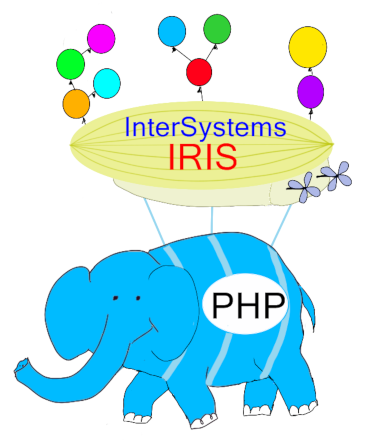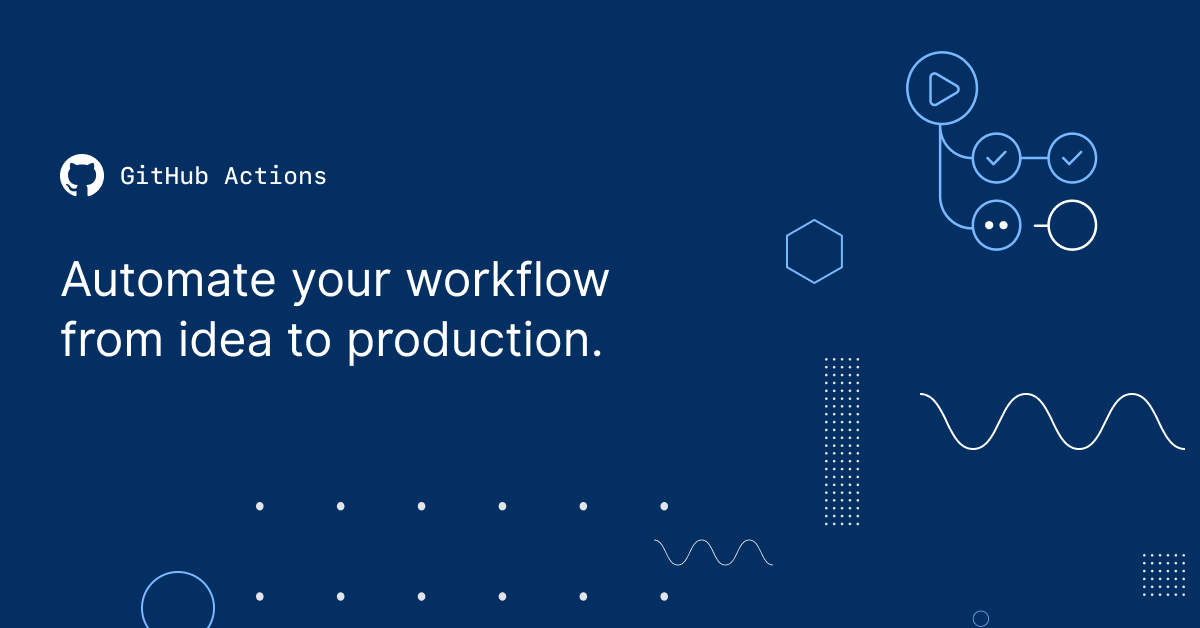This example is extracted from a long-running installation.
The purpose is to have simple monitoring of several servers at a rather primitive level.
Just slightly more intelligent than a raw PING. But still easy to integrate.
It avoids the overkill of information you are often confronted with while you are just
interested in the number of active processes or similar basic figures.
The example shows a basic skeleton that might be easily filled by your real needs.
It consists of 3 sections:

 PHP, from the beginning of its time, is renowned (and criticized) for supporting integration with a lot of libraries, as well as with almost all the DB existing on the market. However, for some mysterious reasons, it did not support hierarchical databases on the globals.
PHP, from the beginning of its time, is renowned (and criticized) for supporting integration with a lot of libraries, as well as with almost all the DB existing on the market. However, for some mysterious reasons, it did not support hierarchical databases on the globals. In the previous parts (
In the previous parts (
 After many sleepless nights it's a pleasure to announce the newer, better, moderner ObjectScript compiler which implemented pretty much everything you ever wanted to have in
After many sleepless nights it's a pleasure to announce the newer, better, moderner ObjectScript compiler which implemented pretty much everything you ever wanted to have in 



